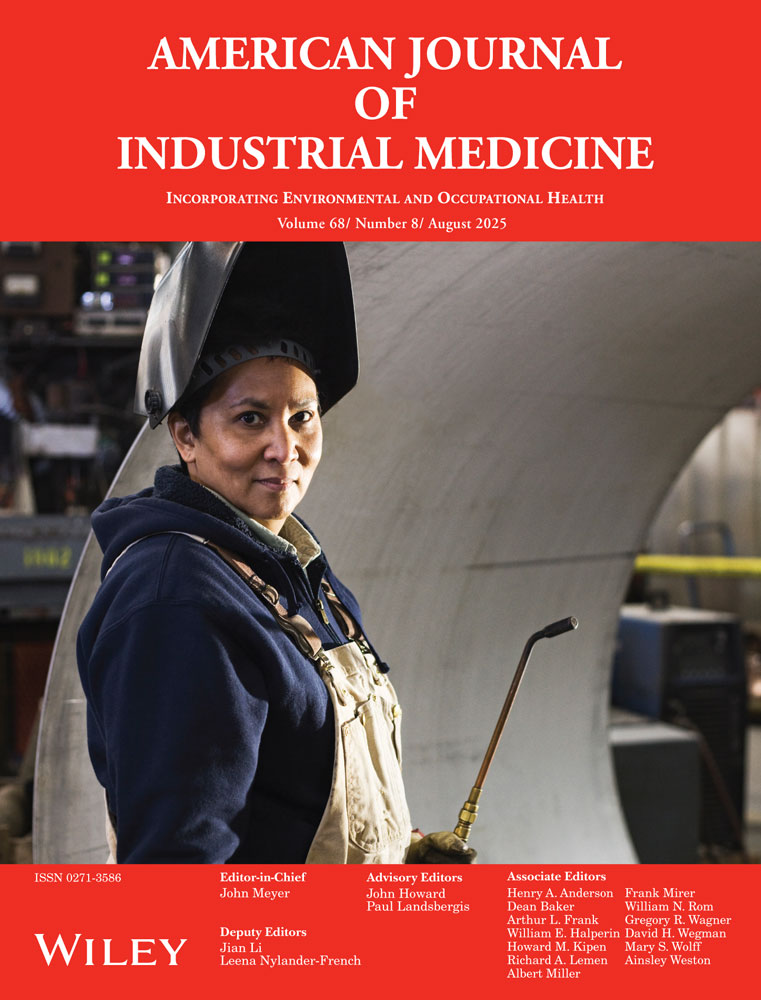Prevalence of cigarette smoking by occupation and industry in the United States*
This article is a US Government work and, as such, is in the public domain in the United States of America.
Abstract
Background
This study was undertaken to estimate the most recent prevalence of cigarette smoking by occupation and industry in the US, using the data from the third National Health and Nutrition Examination Survey (NHANES III), 1988–1994.
Methods
Included in NHANES III are data on the cigarette smoking status, occupation, industry, and other demographic information of US non-institutionalized civilians obtained through household interview surveys. The study population included 20,032 adults aged 17 years and older. To estimate the prevalence of cigarette smoking across occupation and industry groups, we used the Survey Data Analysis (SUDAAN) software.
Results
The prevalence of cigarette smoking was highest among material moving occupations, construction laborers, and vehicle mechanics and repairers. The lowest smoking prevalence was found among teachers. Among industry groups, the construction industry had the highest prevalence of cigarette smoking.
Conclusions
These findings provide information useful for targeting education activities focusing on adverse health effects of cigarette smoking and also for indirect adjustments in analysis of morbidity and mortality by occupation. Am. J. Ind. Med. 40:233–239, 2001. Published 2001 Wiley-Liss, Inc.




